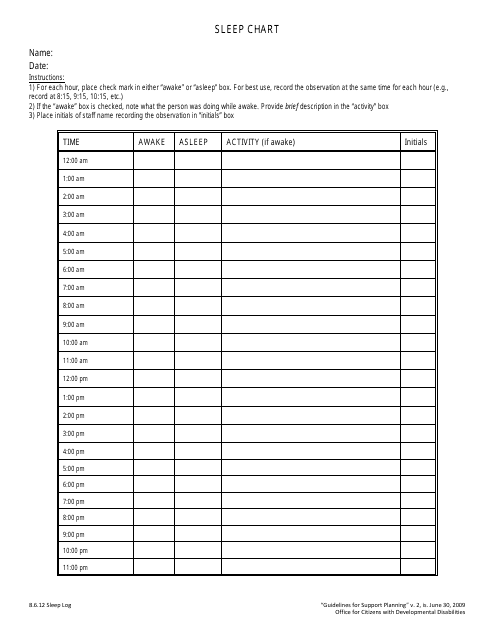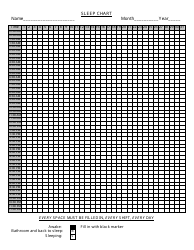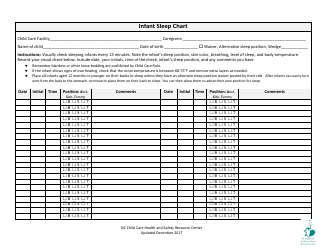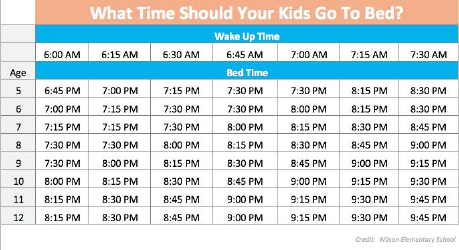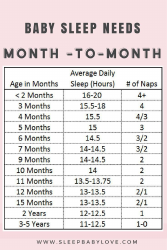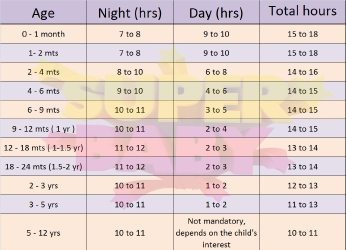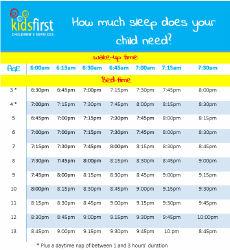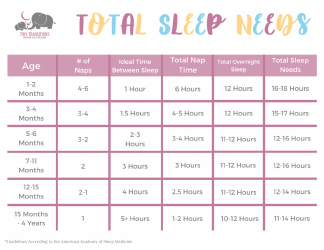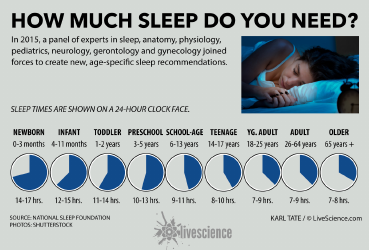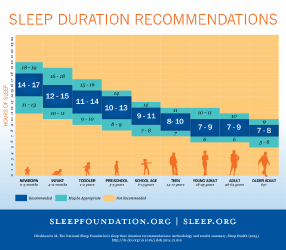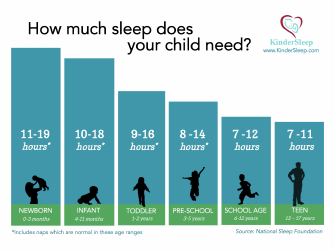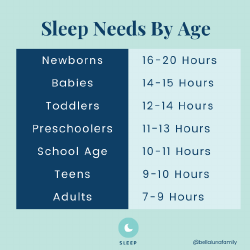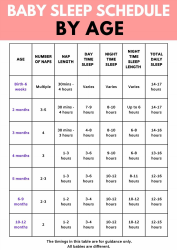Sleep Chart
A sleep chart is a tool that helps individuals track and monitor their sleep patterns and habits. By recording information such as bedtime, wake-up time, and the quality of sleep, people can gain insights into their sleep behavior and make any necessary adjustments to improve their sleep quality. Sleep charts can be useful for identifying patterns, such as sleep deprivation or sleep disorders, and can be helpful in developing healthy sleep routines.
The Sleep Chart is typically not a document that needs to be filed. It is used by individuals to track their sleep patterns and habits for personal purposes, such as improving sleep quality or addressing sleep-related issues.
FAQ
Q: What is a sleep chart?
A: A sleep chart is a graphical representation of a person's sleep patterns over a specific period of time. It typically shows the duration and quality of sleep, including the different stages of sleep, such as deep sleep and REM sleep.
Q: How can a sleep chart be helpful?
A: A sleep chart can be helpful in tracking your sleep patterns and identifying any sleep-related issues or patterns. It can provide insights into the amount and quality of sleep you are getting, helping you to address any sleep disturbances or improve your sleep hygiene.
Q: How do I create a sleep chart?
A: To create a sleep chart, you can utilize various methods. One common approach is to use a sleep tracking app or wearable device that monitors your sleep patterns and provides you with a detailed sleep chart. Alternatively, you can manually record your sleep patterns in a journal or spreadsheet.
Q: What should I include in a sleep chart?
A: A comprehensive sleep chart should include information such as the time you go to bed, the time you wake up, the total duration of sleep, the number of times you wake up during the night, and any notes or observations about the quality of your sleep.
Q: Can a sleep chart help me improve my sleep quality?
A: Yes, a sleep chart can be a valuable tool in improving your sleep quality. By monitoring and analyzing your sleep patterns, you can identify factors that may be affecting your sleep, such as caffeine intake, stress levels, or evening activities, and make necessary adjustments to promote better sleep.
Q: How long should I track my sleep with a sleep chart?
A: It is beneficial to track your sleep patterns for at least a week or two to get a comprehensive understanding of your sleep habits. However, you can continue tracking for as long as you find it helpful or until you have successfully addressed any sleep-related concerns.
